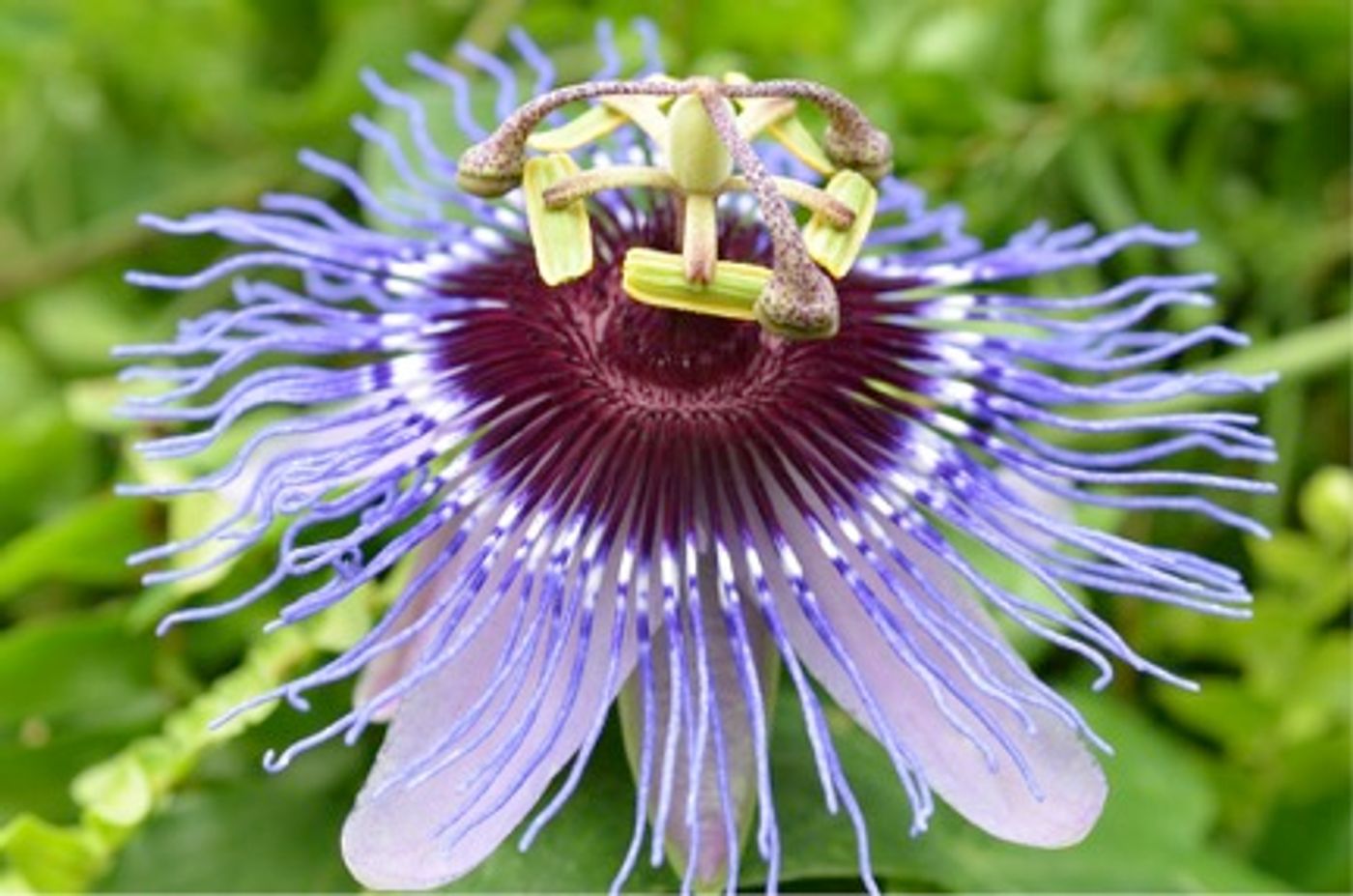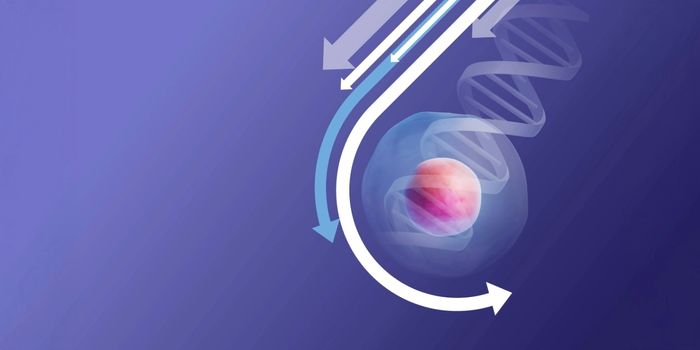In the quest to understand more about aging and how to slow down this process, scientists from Concordia University in Quebec, Canada are turning to nature’s own medicine cabinet: plants. From their
recent investigation of 37 plant extracts and more than 10,000 trials, the team discovered six plant-based molecules that had the best anti-aging effects in the record. In addition to cosmetic purposes, the results of this study could expand our knowledge on the aging process and provide treatment pathways for a host of medical conditions.
For the study, the researchers teamed up with Idunn Technologies, a biotech company named after the Norse goddess of eternal youth and rejuvenation. Taking advantage of Idunn’s extensive library of plant extracts, the team conducted massive screens to determine the effects of these natural compounds on the lifespan of yeast.
Though perhaps not directly intuitive, the budding yeast,
Saccharomyces cerevisiae, is a great model to study aging. This unicellular eukaryote has many of the same evolutionarily conserved pathways that are relevant to humans, including nutrient- and energy-sensing signaling pathways. And because these simple organisms have a short and easily measurable lifespan, they are perfectly set up for large screening trials. As such, researchers have long used yeast as a cellular model for the study of aging and longevity.
In combing through 37 unclassified plant extracts, the research team identified “six new groups of molecules that decelerate the chronological aging of yeast,” said Vladimir Titorenko, professor in the Department of Biology at Concordia, and senior author.
Though the exact identities of the six plant-based molecules are confidential, the plants from which these molecules are derived are published. The short list includes some surprisingly common plants: the bark of the white willow (
Salix alba), the root of the Black Cohosh (
Cimicifuga racemosa), the root of the Valerian (
Valeriana officinalis L.), the purple Passionflower (
Passiflora incarnate L.), the ginkgo leaf (
Ginkgo biloba), the seed of the celery (
Apium graveolens L.).
What anti-aging effects do these plant extracts have that set them apart from pre-existing compounds? In the yeast, the researchers found, among other indicators, increased mitochondrial respiration and reduced concentration of reactive oxygen species. These cellular enhancements reduce cellular damage and promote the overall increase in lifespan and longevity of the yeast.
"These six extracts have been recognized as non-toxic by Health Canada, and already exhibit recognized health benefits in humans," said Éric Simard, the founder of Idunn Technologies. But before these plant extracts make its way into any medical studies, more research has to be done. “That's why Idunn Technologies is collaborating with four other universities for six research programs, to go beyond yeast, and work with an animal model of aging, as well as two cancer models," Simard added.
Understanding how aging occurs and how to slow down this process goes beyond just vanity. Many diseases, like that of progeria, lipodystrophies, and cancer, are due to cellular aging gone awry. Knowing which compounds are part of this pathway and how they slow down the aging process could mean more effective treatments for these conditions.
"Rather than focus on curing the individual disease, interventions on the molecular processes of aging can simultaneously delay the onset and progression of most age-related disorders. This kind of intervention is predicted to have a much larger effect on healthy aging and life expectancy than can be attained by treating individual diseases," said Simard.
Additional source:
EurekAlert!









